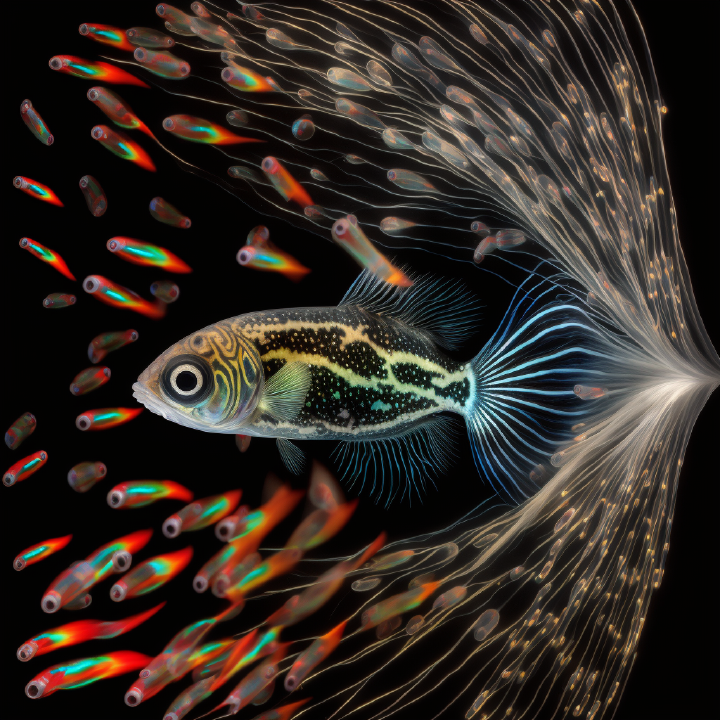Evolutionarily conserved role of oxytocin in social fear contagion in zebrafish

Abstract
Emotional contagion is the most ancestral form of empathy that relies on simple perception-action mechanisms, on top of which more complex forms of empathic behaviors, such as consolation and helping, have evolved. Here we tested to what extent the proximate mechanisms of emotional contagion are evolutionary conserved by assessing the role of oxytocin, known to regulate empathic behaviors in mammals, in social fear contagion in zebrafish, which represents an evolutionary divergent line to that of tetrapods, within vertebrates. Using mutants for the ligand of the fish oxytocin nonapeptide and both of its receptors in zebrafish we showed that oxytocin is necessary for observer zebrafish to copy the distressed behavior of conspecific demonstrators. Exogeneous administration of oxytocin to the ligand mutant rescued the ability of observers to express social fear transmission, indicating that oxytocin is not only necessary but also sufficient for emotional contagion. The brain regions in the ventral telencephalon that are associated with emotional contagion in zebrafish are homologous to those known to be involved in the same process in rodents (e.g. striatum, lateral septum), and receive direct projections from oxytocinergic neurons located in the pre-optic area. Finally, we ruled out the hypothesis that social transmission of fear in zebrafish merely relies on behavior contagion by motor imitation, and we showed that it rather relies on emotion discrimination. Together our results support an evolutionary conserved role for oxytocin as a key regulator of basic empathic behaviors across vertebrates.